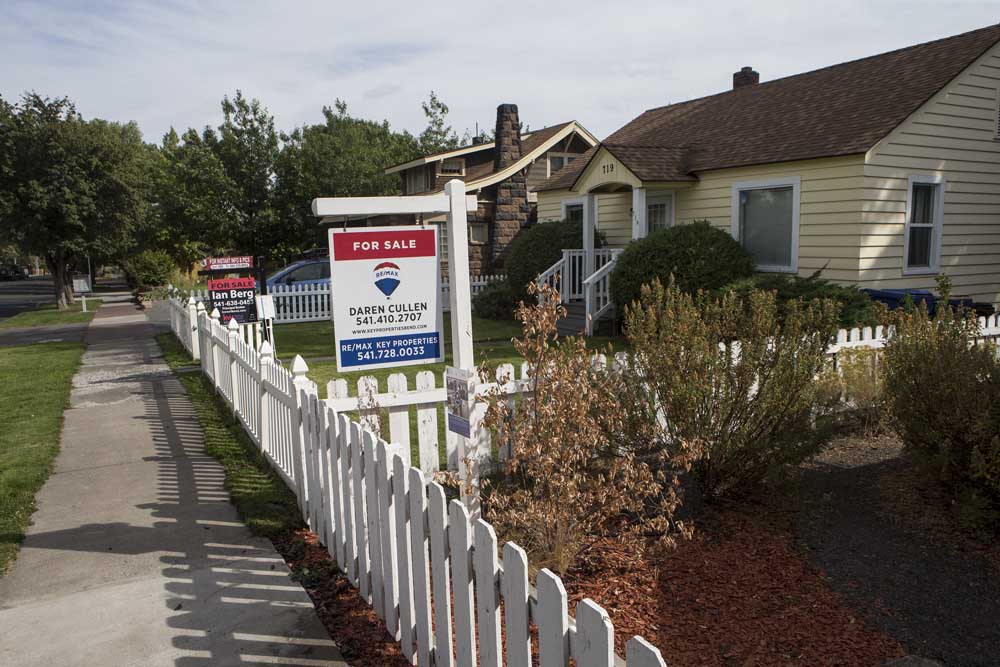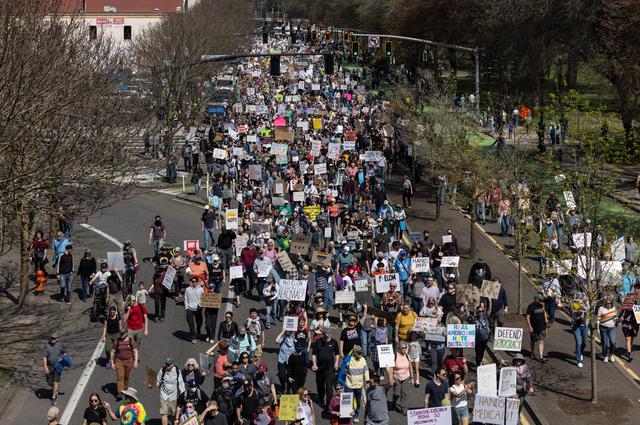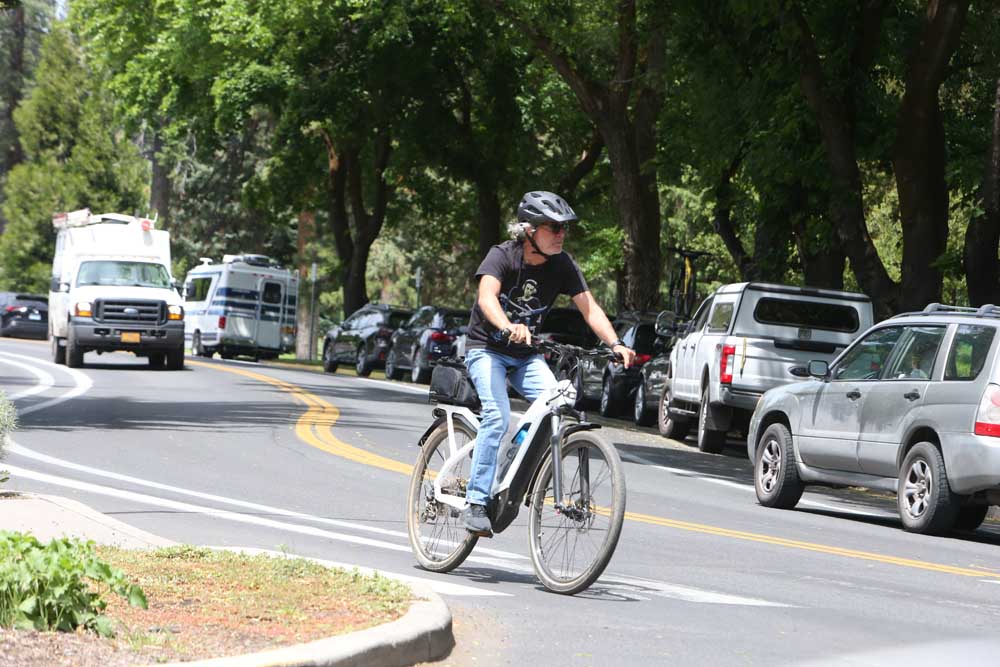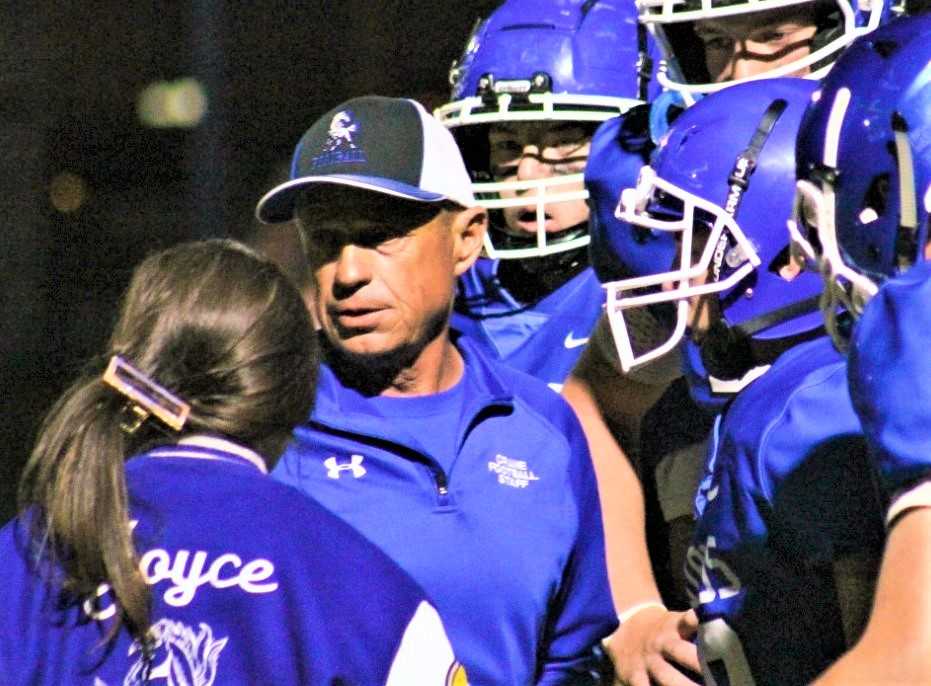Oregon readies vehicle mileage tax pilot program
Published 12:00 am Sunday, July 20, 2014
WASHINGTON — As lawmakers in the nation’s capital struggled this week to find additional revenue for the almost depleted Highway Trust Fund, a pilot program in Oregon may offer a glimpse of how America will pay for its roads in the future.
Since 1956, the Highway Trust Fund has been supported by a federal gas tax, which has stood at 18.4 cents per gallon since the beginning of the Clinton administration. But the growing use of gas-sipping hybrid and electric cars has led to a decrease in revenues for the trust fund, even as Americans are driving more miles than ever.
Over a decade ago, Oregon began exploring alternative ways to pay for highway maintenance and upkeep besides a gas tax.
“The current system is unfair, and as the Congress mandates higher and higher (fuel efficiency) standards for the entire fleet, the problem is only getting worse,” said state Sen. Bruce Starr, R-Hillsboro, who serves as vice chair of the Senate Committee on Business and Transportation. “The reality is that most folks who have looked at how we fund our eroding highways in America have come to the conclusion that the fuel tax is a declining revenue source, and ultimately one that will not do the job as originally intended.”
Starr was chairman of the House transportation committee in 2001 when Oregon first set up its Road User Fee Task Force. The group eventually recommended a vehicle mileage tax, or VMT, which would charge drivers based on how far they drove, not how much gas they consumed.
Pilot programs
After two small pilot programs, the Oregon Legislature passed legislation during the 2013 session establishing a voluntary 5,000-vehicle test program starting July 1, 2015.
The upcoming pilot program will give participants a choice between several options, including one where an outside firm collects mileage information — essentially an odometer reading — and assesses and collects the resulting fees for the Oregon Department of Transportation, said Jim Whitty, head of ODOT’s Office of Innovative Partnerships and Alternative Funding.
The department has also issued request for qualifications for private firms to develop a marketplace of technological options, which could include GPS tracking (so that a user would not be charged if he or she drove outside of Oregon, or on private roads) or other technology-based alternatives. Participants would choose which option they preferred, he said.
“ODOT needs to demonstrate with this volunteer program that the system is viable, that it works in a way that is simple, easy and effective,” said Whitty.
The program was designed so that it could easily transfer to other states, Whitty said.
Other Western states, including California, are interested in Oregon’s VMT pilot, said Starr.
“The goal is to test all of these things at the state level to see what works and doesn’t work,” he said.
America’s interstate highways date back to the Eisenhower administration, and the aging roads are increasingly in need of repair. According to a report prepared by the National Economic Council and the President’s Council of Economic Advisers released last week, 14 percent of the nation’s 4,076,236 miles of public roads are in poor condition, while a quarter of the nation’s 607,751 bridges are deficient or obsolete.
Oregon compares favorably with the national averages, with only 6 percent of its public roads in poor condition and 23 percent of its bridges deficient or obsolete, according to the report. Still, Oregonians consume 519.29 gallons of gas each year per capita, more than California’s 461.27 and Washington state’s 482.44. Oregon drivers spend an average of $236.40 each year on additional repairs and operating costs stemming from the state’s road conditions.
More than half of the funding for Oregon’s highway projects comes from the Highway Trust Fund. Since 2008, Congress has had to transfer $54 billion into the fund to compensate for declining revenues to keep it solvent.
Rep. Earl Blumenauer, D-Portland, thinks Oregon’s VMT could work nationally. Last December, he introduced legislation that would allow the federal government to authorize voluntary pilot programs like Oregon’s for other states.
“I am convinced that sometime in the next 10 to 15 years, this will be the system,” Blumenauer told The Bulletin this week.
Oregon’s previous pilot programs, including a four-month program comprised of 50 policy wonks, transportation officials and interested lawmakers, have shown that a VMT program can work, Blumenauer said.
“We could, in a matter of years, if not months, take this across the country. There is the capacity now,” he said.
Oregon’s efforts also showed that privacy concerns — fears of a mandatory little black box in every vehicle informing the government of its whereabouts — can be sufficiently addressed, he said.
“There are many ways to keep track of how far people go without dealing with where they go. It’s irrelevant; we don’t care,” he said.
Measuring impact
Without implementing a fairer system, the burden will continue to fall most heavily on rural drivers, who are more likely to drive farther in less-efficient cars, he said. Blumenauer envisions a national VMT that would take into consideration where and when drivers are using public roads, with higher rates for drivers who cause more wear-and-tear and congestion.
“This new system would permit making adjustments for people who aren’t putting (as many) demands in the system,” he said. “There’s less stress caused driving on wide-open roads in Jefferson County.”
Rep. Peter DeFazio, D-Springfield, supports the development of a national VMT, but says the technology isn’t ready yet.
“I think ultimately that’s probably where we’re going to go, especially if there’s a higher and higher penetration of nonfossil-fuel vehicles on the road. They need to contribute to the cost (of maintaining public roads), too,” he said.
“If you’re going to do a VMT right, you’ve got to have a congestion charge. Because a rancher in Burns who hops in his pickup truck and drives 20 miles to the feed store isn’t putting any burden on the national highway system or the Highway Trust Fund,” DeFazio said.
But someone using Interstate 205 in Portland or crossing the Columbia River during rush hour is creating congestion and adding to the burden on the road, he said.
“I don’t think you should have an identical charge for all times and places,” he said. “(But) if you go down that route, then you have some fairly extraordinary privacy issues, to know where your vehicle was when.”
As chairman of the Senate Finance Committee, Sen. Ron Wyden, D-Ore., is one of the main lawmakers tasked with finding revenue to keep the Highway Trust Fund solvent. Like DeFazio, Wyden said there are substantial privacy concerns associated with a VMT.
“I think we ought to be looking to a host of (funding) alternatives” for the Highway Trust Fund, he said. “I’m anxious to follow (Oregon’s VMT) experiments, but I didn’t spend all these years trying to rein in overreaches with the (National Security Agency) to suddenly get into a tangle with the (Department of Motor Vehicles).”
Becky Straus, legislative director for American Civil Liberties Union of Oregon, said the availability of options that do not require GPS locations, and the ability of drivers to choose their own plan, helped secure the organization’s support for Oregon’s VMT pilot program.
DeFazio has introduced legislation that would repeal the gas tax, and instead impose a tax on barrels of oil refined into gasoline. Under this plan, the per-barrel tax would be pegged to inflation, so it wouldn’t lose its buying power over time.
DeFazio hopes the international oil market will keep oil companies from just passing the barrel tax on to consumers, as a 2011 Rand Corporation study suggested.
Wyden said he supports tax credit bonds for transportation, like the ones authorized by 2009’s American Recovery and Reinvestment Act, as a funding mechanism for the Highway Trust Fund.
As of Friday, no other member of Congress had signed on to Blumenauer’s national VMT pilot legislation as a co-sponsor. Blumenauer said he is not trying to build support based on partisan allegiances, but based on a groundswell of public support for the concept.
“What I want to do is to build momentum for Congress addressing it,” he said, “and build a tidal wave of support around the country.”
— Reporter: 202-662-7456, aclevenger@bendbulletin.com






